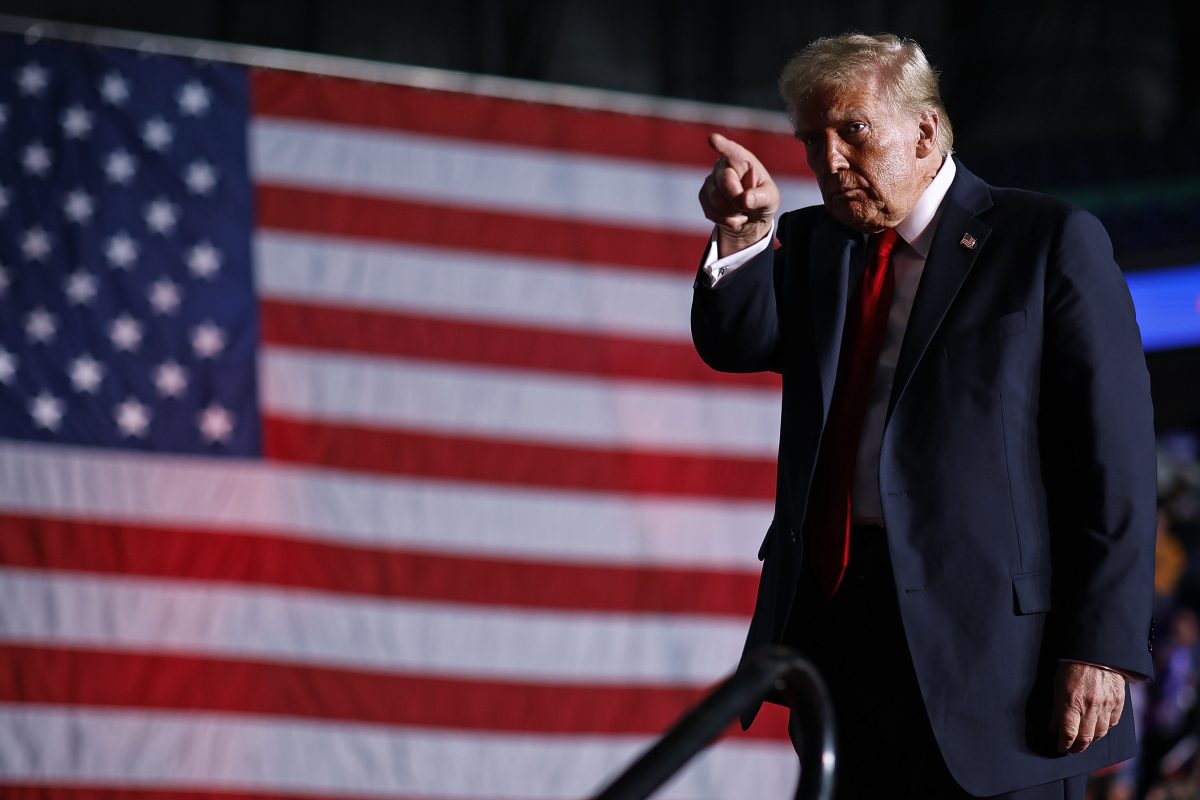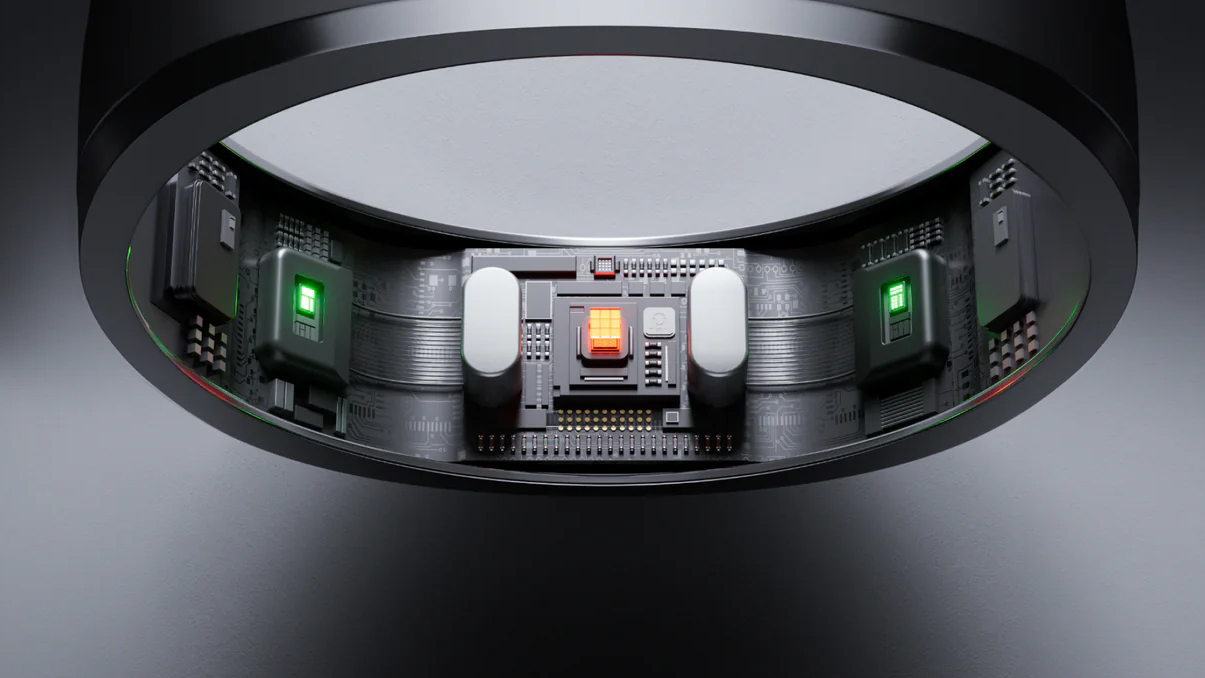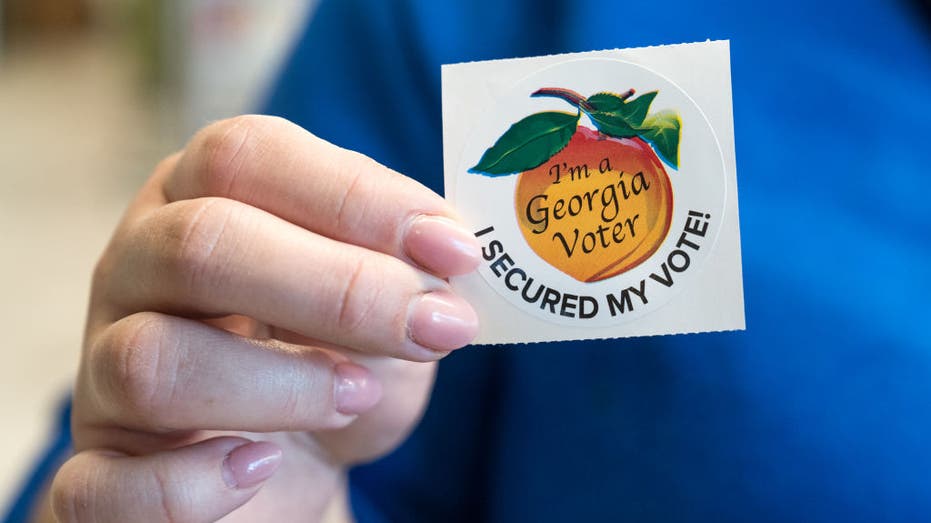What a second Trump term could mean for Tiktok and Big Tech
By the eve of returning US President Donald Trump’s inauguration, Tiktok must find a foreign buyer to replace its Chinese owner or risk being banned from the US entirely, due to a law passed in April. But Bytedance, the app’s parent company, is pushing back. It has lodged a legal challenge calling the measure unconstitutional [...]


By the eve of returning US President Donald Trump’s inauguration, Tiktok must find a foreign buyer to replace its Chinese owner or risk being banned from the US entirely, due to a law passed in April.
But Bytedance, the app’s parent company, is pushing back. It has lodged a legal challenge calling the measure unconstitutional and accusing the government of “unprecedented” overreach. A court ruling on Tiktok’s appeal is expected in December.
Trump had pushed for a Tiktok ban in his previous term but he flip-flopped on that position earlier this year.
He took to his platform Truth Social to say that banning the app would empower Facebook, which he dubbed the “true enemy of the people” who “cheated in the last election”.
This does not necessarily mean Tiktok is in the clear though. Given that the Act of Congress remains in law, “the peril for Tiktok remains should [Trump] change his mind or use Tiktok as a bargaining chip on trade with China,” according to media analysts at Enders.
Whatever happens, how the company fares will be a key litmus test and could set the tone for US-China relations, regulation and Big Tech’s global future.
“What happens with TikTok will be a good guideline as to what might be expected over the next four years,” said lead technology analyst at the Economist Intelligence Unit, Dexter Thillien.
Trump’s tech plans
During his first term, in 2018, Trump imposed a 25 per cent tariff on hundreds of Chinese-made products, kicking off years of trade spats.
Under President Joe Biden, the Democratic party focused on killing US investment in Chinese tech, particularly in areas that could threaten US national security.
As well as proposed increased tariffs on goods from China, more of the same policy is expected when Trump returns to the White House for his second term. Its implementation, however, will “probably be quite different,” according to Thillien.
The second Trump administration will be “more unilateral and transactional in its trade restrictions for the technology sector,” he explained, “giving less importance to trying to bring other countries on board as the Biden administration had tried to do with key allies.”
With an estimated $570bn in sales exposure tied to China, this leaves America’s largest tech companies vulnerable.
Apple and Tesla, especially, have a lot riding on continued access to the Chinese market and supply chains.
Apple’s manufacturing relies heavily on Chinese facilities, while Tesla counts China as one of its fastest-growing markets.
Any downturn in US-China relations under Trump could trigger a backlash that might slow demand and disrupt production, according to Enders.
Beyond trade, Trump has proposed actions that could hit the US semiconductor industry hard.
He’s criticised the reliance on Taiwan’s TSMC for chips and recently suggested his administration might impose tariffs on foreign-made semiconductors.
This would raise prices on chips which power AI, potentially stifling US companies’ ability to innovate.
Scrapping the Chips Act, which subsidises US tech, could also discourage foreign investment in the US and put pressure on manufacturers to shift production back stateside as foreign-made chips become costlier.
Future of AI and regulation under Trump
Trump’s stance on AI is still hazy, although he has lambasted – and could even repeal – Biden’s recently signed AI Executive Order that aims to establish new standards for AI safety and security. He is expected to adopt a ‘light touch’ approach to regulating the technology.
A Trump-led deregulation wave could boost the development and adoption of AI, especially in areas like autonomous vehicles, where backers like Elon Musk are calling for swifter development.
However, some have warned this hands-off approach may leave crucial safety gaps, risking unready systems deployed at scale.
Ben Maling, managing associate at EIP, argued that Trump’s return could lead to a US tech policy shift toward isolationism.
Trump’s return may push AI policy in the US towards “deregulation, isolationism, and competition with China, focusing less on equity and safety,” he said.
“This approach could prompt governments in the UK and EU to make their own way with effective AI regulations, aiming to protect citizens’ values and rights, resisting the urge to join a race to the bottom that may ensue now Trump is in the White House,” Maling added.
Under Trump, there might also be renewed attempts to challenge tech giants in antitrust cases, including Google’s ongoing monopoly battle.



